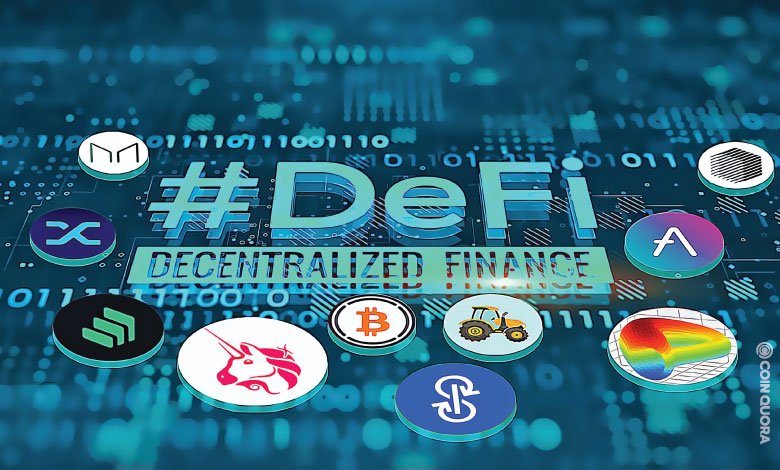Stable coins are digital currencies pegged to real world assets, usually government issued reserve dollars or gold [1]
For this article we will use the US dollar as the primary example for discussion. Since stablecoins are pegged to the US Dollar, the volatility of these assets is significantly less than other cryptocurrencies.
Stable coins have many other use cases. Since they still involve blockchains, they can interact with decentralized protocols. The potential downside comes with regulation, since not all stablecoins are created equal, and not all are backed in the same manner. Stablecoins that are not backed by enough cash reserves are at risk if a large percentage of holders were to attempt to withdraw at the same time.
Stablecoins offer another way to take profit, which is one of our most common uses of them. Rather than taking risky alt coin profits into Bitcoin or Ethereum, profits can be taken into a token that does not fluctuate in value, allowing you to bide time until you decide what you want to do with it. This strategy is enormously powerful when trading during market downtrends. It is a good practice to have some stable coins on the side ready for future purchases.
Stablecoins can also be used to lend on centralized applications for a stable APY return. Popular options include [BlockFi] and [Celsius](these have both gone under unfortunately, stay far away at this time), which lend out money to large traders and investors and charge them enough interest to promise a solid APY to lenders. Stablecoins can be locked up in decentralized platforms that provide this service for an even higher APY. The ladder strategy does expose the lender to more risk since there is no backing asset protecting the funds or insuring the investment. Popular decentralized options include [Aave] and [Compound], however there are myriad options available.
Other more complex methods to gain competitive APYs on stablecoins exist, but offer higher risk; for example, providing liquidity to a protocol. Providing liquidity requires combining multiple cryptocurrencies into an LP. An LP could provide equal dollar amounts of Ethereum/Stable coins, for example, to a protocol. The downside risk of this is if Ethereum heavily moves in price it causes impermanent loss/gain relative to the stablecoin. Ideally more stablecoin would be needed if Ethereum moves up in value, and the opposite is true if the value moves down. Impermanent loss will be discussed in another writing.

Stablecoins aren’t without risk. Tether, the world’s largest stabelcoin, was only recently required to disclose what backs its USD coins. This [article] provided shows a breakdown of the concerns regarding Tether, with emphasis on it only having ~4% backing in cash, and 75% in cash equivalents. There are myriad concerns mentioned in the article. If Tether were to fall, crypto would fall with it in the short-term since it is by far the largest market cap stable coin.
There are many other types of stablecoins. Some are pegged to debt, like DAI, and some have better treasury backings involving more cash and cash equivalent such as USDC. There are also algorithmic tokens in development, but these are very challenging to develop.
Terra platform’s TUSD on their ANKR protocol offers nearly 20% APY at the time of this writing. The key takeaway is that crypto stable coins heavily outperform traditional bank accounts, and (mostly) have far less risk than other cryptocurrencies. Wealthy investors could simply lock up some stablecoins into a protocol and outperform the S&P500 20- year average returns with little to no downside risk. Having 5-10% stable coins in a crypto portfolio is a good practice for dollar cost averaging, particularly in a market downturn. This allocation also helps smooth out volatility when the markets are roaring in either direction. For more information on portfolio ideas and healthy crypto investment strategies, read some of our related articles below.
[1] https://www.coinbase.com/learn/crypto-basics/what-is-a-stablecoin?utm_source=google_search_nb&utm_medium=cpc&utm_campaign=9943088770&utm_content=127915792732&utm_term=&utm_creative=523247202125&cb_device=c&cb_placement=&cb_country=us&cb_city=open&cb_language=en_us&gclid=CjwKCAjwpMOIBhBAEiwAy5M6YHFv8NkHOTZ13OIdoumS6v0gNBFCYZYWbyJMvLqvsC5S60YISDUrSxoCulYQAvD_BwE















